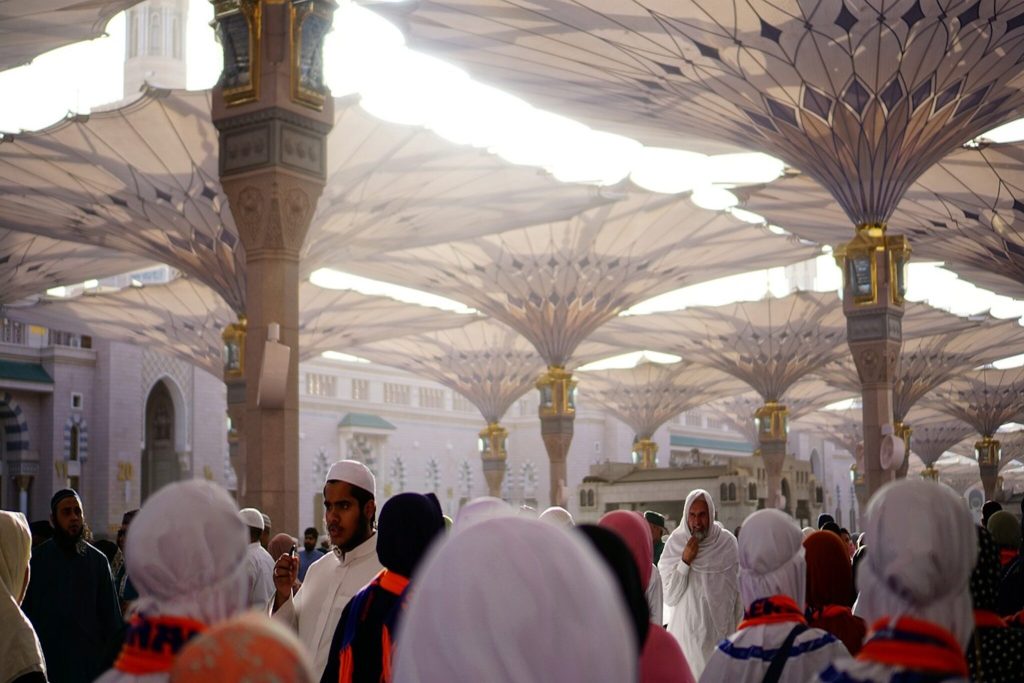The global heat crisis continues to intensify as Saudi Arabia battles a fatal heatwave that has claimed over 1,000 lives during the annual Muslim Hajj pilgrimage to Mecca. The extreme temperatures have led to deaths and disappearances among locals and tourists, with officials stating that heatstroke is the main cause of death as temperatures surpass 120 degrees Fahrenheit (49 degrees Celsius). The numbers are continually changing, with various countries reporting deaths and missing individuals participating in the Hajj pilgrimage.
The permitting process for the Hajj pilgrimage is costly, leading tens of thousands of visitors to go through unofficial channels to attend, making them more vulnerable to extreme heat. The World Health Organization states that heat is the leading cause of weather-related deaths globally and can worsen underlying illnesses. Other countries, such as India and Italy, are also experiencing record-breaking heatwaves, further highlighting the severity and frequency of extreme heat events around the world.
Studies have shown that heatwaves in Saudi Arabia have been increasing in number, frequency, duration, and intensity over the past four decades. The worst heatwaves have occurred in the most recent decade, with a 2019 study warning that without aggressive adaptation measures, temperatures during the Hajj pilgrimage could exceed extreme danger thresholds starting in 2047. This trend suggests that the heatwaves in Saudi Arabia are becoming longer and hotter, posing a significant risk to those participating in the annual pilgrimage.
While fatalities during the Hajj pilgrimage are not uncommon, this year’s deaths are primarily attributed to the extreme heat, unlike previous years when stampedes and overcrowding were major causes. In 2015, a stampede resulted in 1,000 deaths, while in 1990, over 1,000 people died due to a combination of a ventilation system failure, extreme heat, and overcrowding in a small tunnel. The current situation underscores the urgent need for proactive measures to address the increasing risks posed by extreme heat during religious pilgrimages and other large gatherings in hot climates.
The government of Saudi Arabia has not yet released official figures regarding the number of deaths and casualties during this year’s Hajj pilgrimage. Different countries, news sources, and organizations have reported varying numbers of fatalities and individuals affected by the extreme heatwave. The ongoing crisis highlights the need for improved planning, infrastructure, and resources to protect vulnerable populations from the growing threat of extreme heat events globally. Efforts to address the root causes of climate change and adapt to changing weather patterns are essential to prevent further loss of life due to extreme heat.















